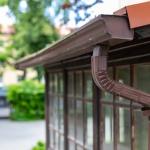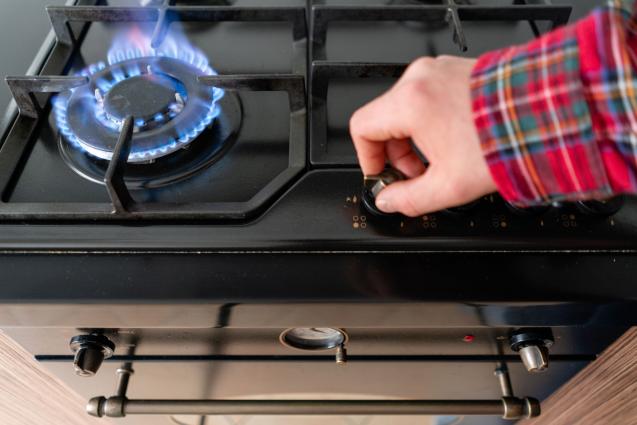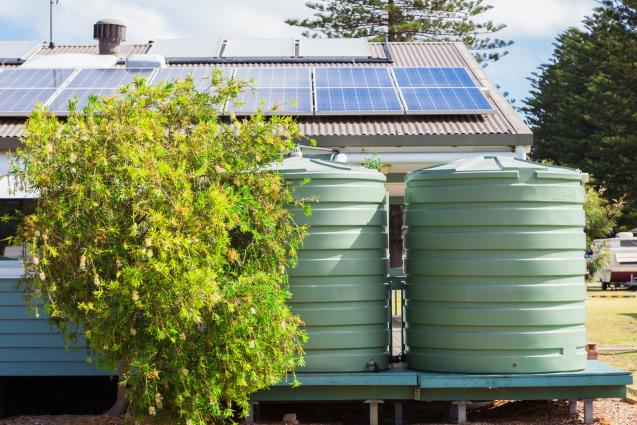
Maintenance Tips To Extend The Lifespan Of Your Downpipes
In this article, we'll share expert tips on how to extend the lifespan of your downpipes, avoid common mistakes, and ensure optimal performance.
Let's dive in and keep your home dry and damage-free.
Downpipe Connection Importance
Understanding the importance of properly connecting your downpipe to the stormwater system is crucial. It prevents standing water, erosion, potential health issues, and even damage to your home's foundation. By ensuring a secure and compliant connection, you'll also minimize drainage problems and avoid neighbour complaints or council penalties.
Maintaining your downpipe isn't just about securing it firmly. It's also about keeping it in good working order to ensure effective stormwater control. That means checking for gaps or holes that could cause leaks and carefully positioning your downpipe for optimal drainage. Remember, the rule of thumb is one downpipe for every 12 metres of gutter.
Stick to these guidelines, and you'll significantly extend your downpipe's lifespan, saving you time, money, and a lot of headaches.
Effective Stormwater Control
To effectively control stormwater, it's crucial that you keep your roof, pipes, gutters, and downpipes in good working order. Regular maintenance is key to avoiding blockages and ensuring a smooth, efficient water flow. This includes checking for and sealing any gaps or holes in the downpipe that could lead to leaks.
As a rule of thumb, use at least one downpipe per 12 metres of gutter for optimal drainage. Position downpipes close to valley gutter outlets, using suitable attachments or brackets. In high winds, these precautions can save you from potential damage.
Remember, proper stormwater control isn't just about compliance, it also significantly reduces drainage issues, neighbour complaints, and potential fines. Your diligence will extend the lifespan of your downpipes and safeguard your home.
Avoiding Common Mistakes
It's crucial that you're aware of and avoid common errors when it comes to downpipe connections and stormwater control.
One major misstep is failing to seal gaps or holes in your downpipes. This can lead to leaks that can damage your home's foundation.
Don't overload your downpipes with excessive water flow, as this can cause them to burst or crack.
Ensure you securely attach your downpipes to prevent blockages and leaks, especially in high winds.
Incorrect positioning in relation to valley gutters can also lead to inefficient drainage.
Lastly, choose an appropriate connection configuration for your location. An open connection feeding into a grate works best for areas with less foot traffic.
Avoid these pitfalls, and you'll extend your downpipes' lifespan.
Conclusion
In conclusion, don't overlook the importance of your downpipe's connection and maintenance. Ensuring they're well-fixed, positioned correctly, and leak-free will keep your stormwater system running efficiently.
Avoid common mistakes and regularly inspect for issues. Remember, your downpipes are crucial to protecting your home from water damage. So give them the care they deserve.
With proper maintenance, you'll extend their lifespan and keep your drainage system in top shape.



